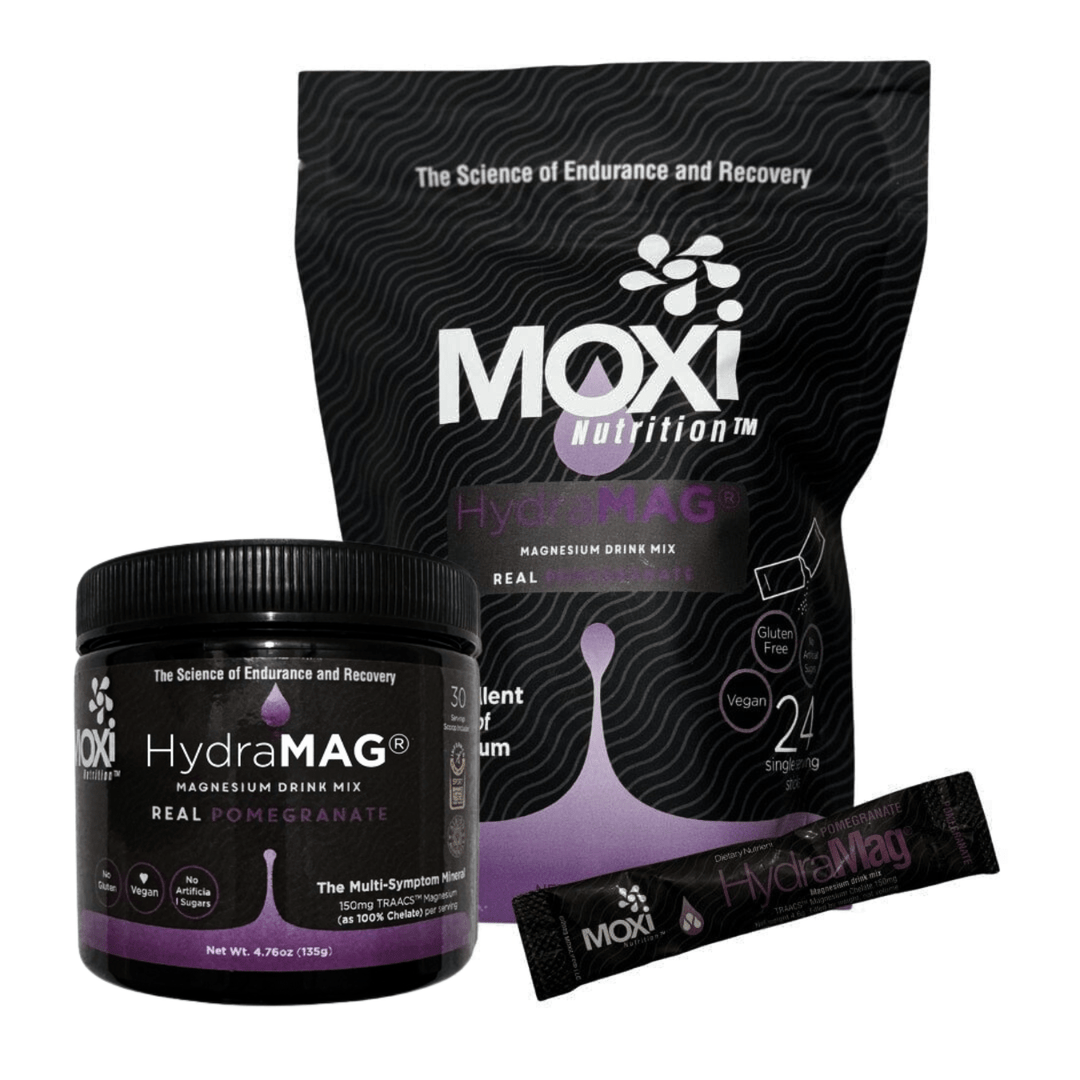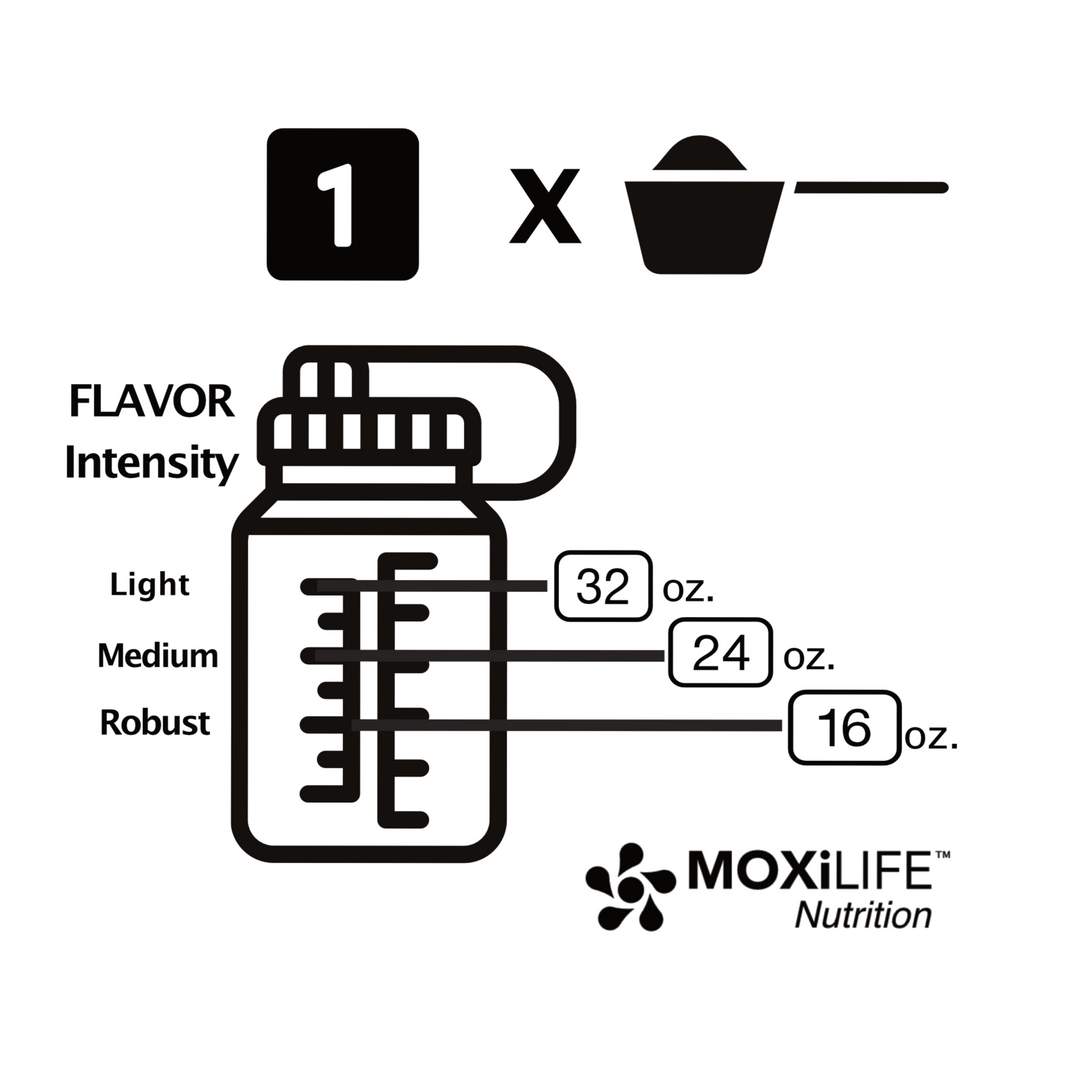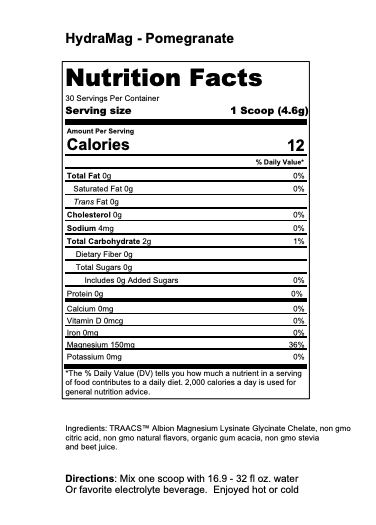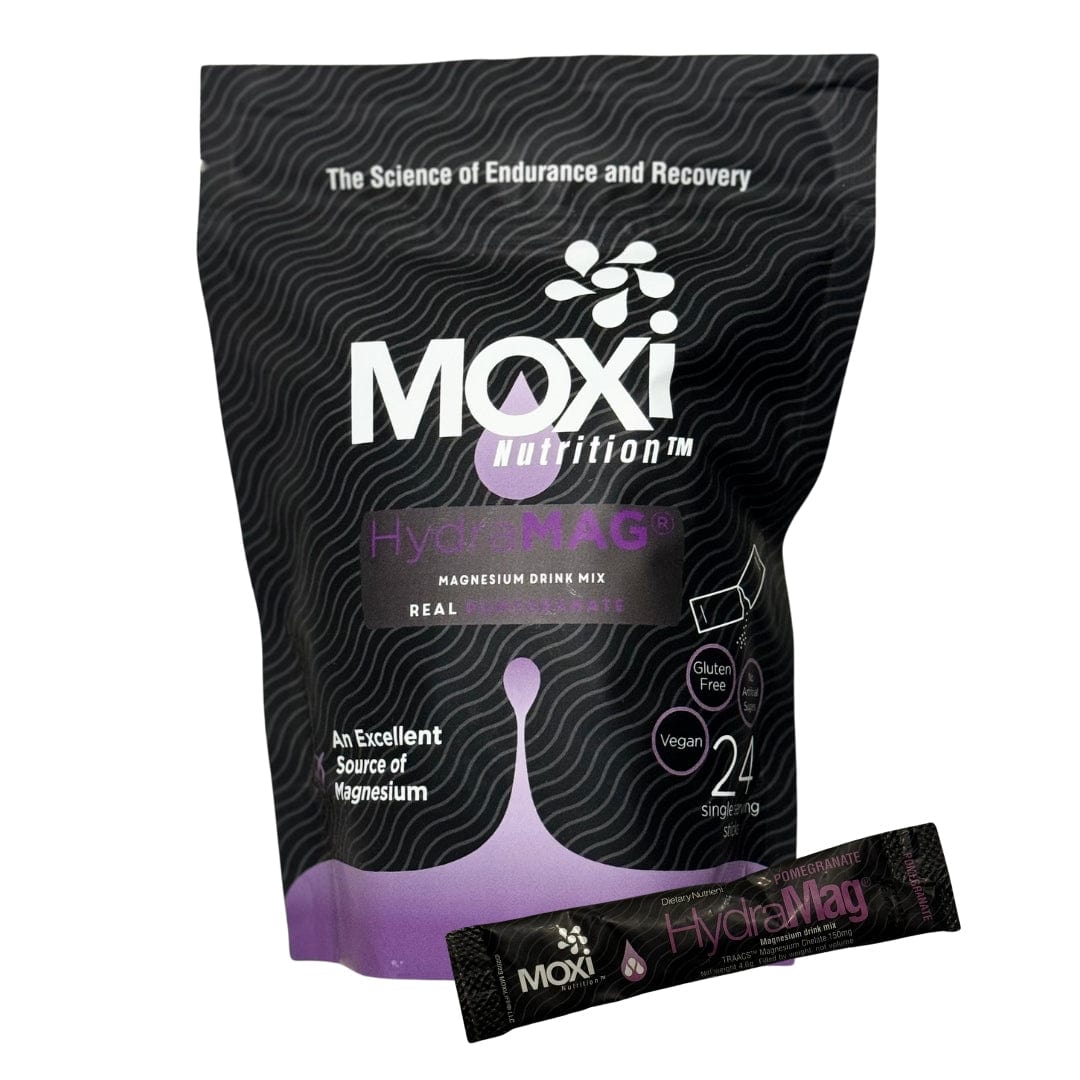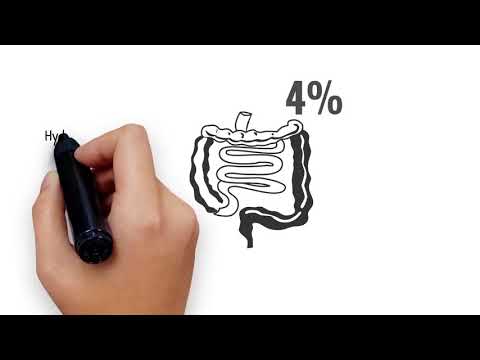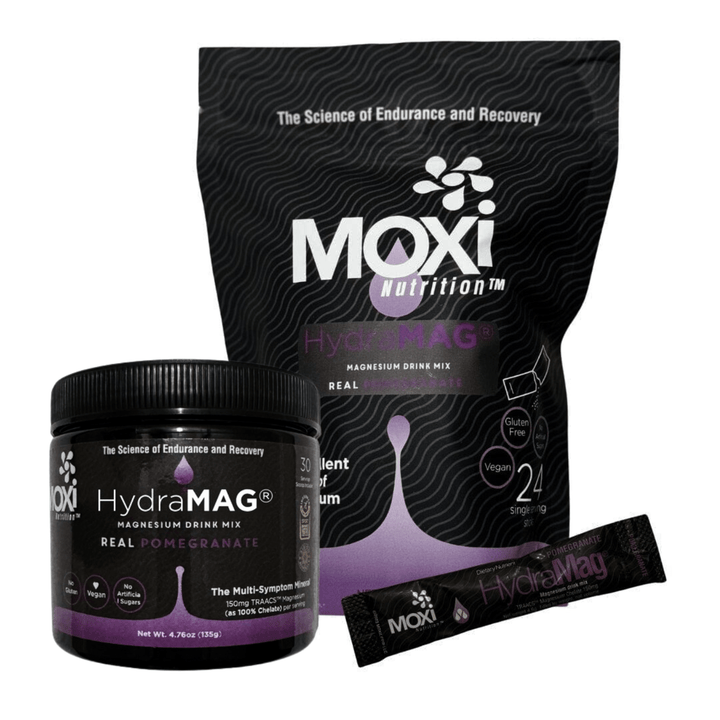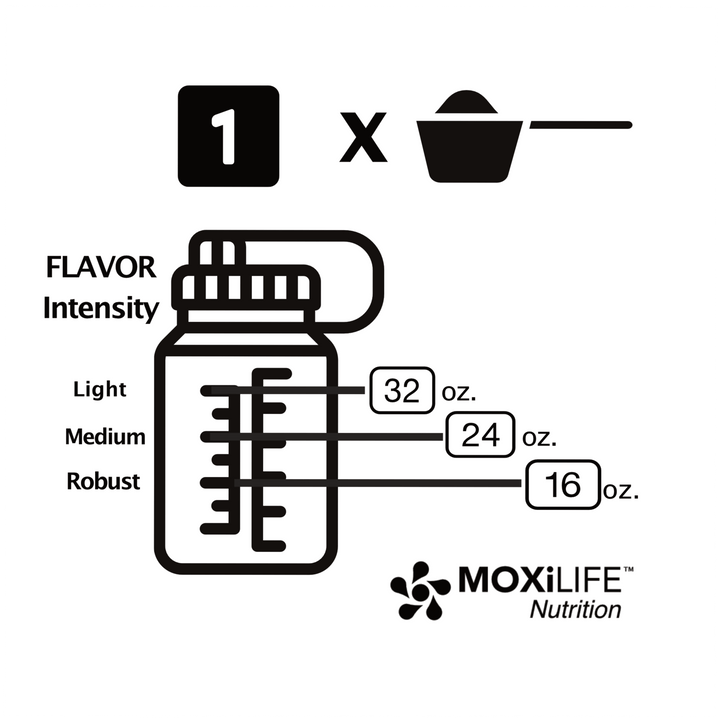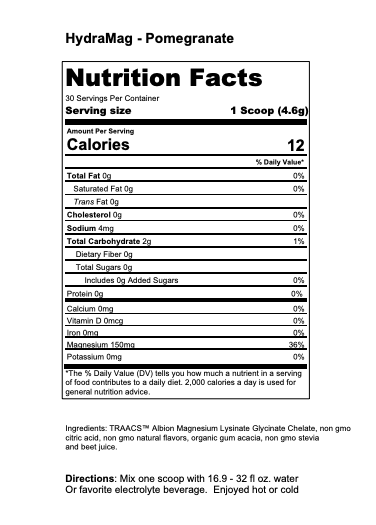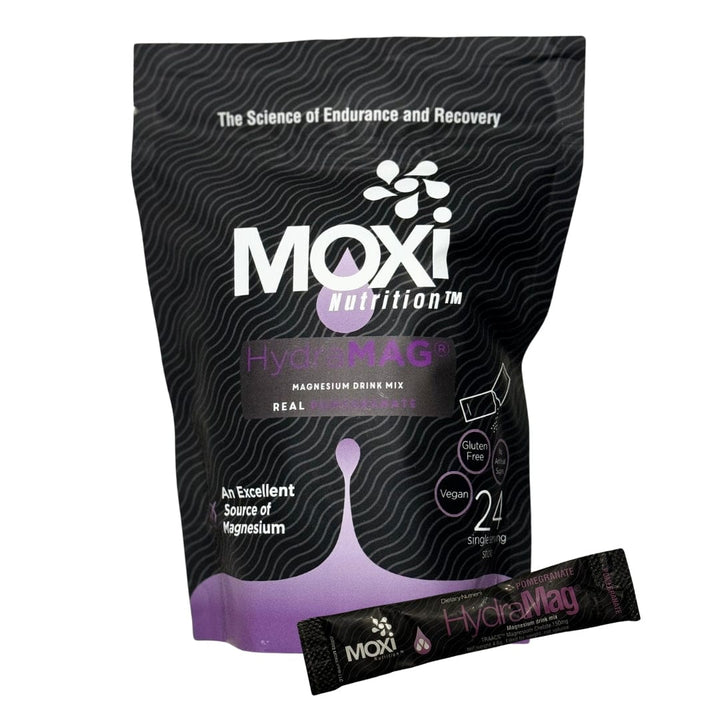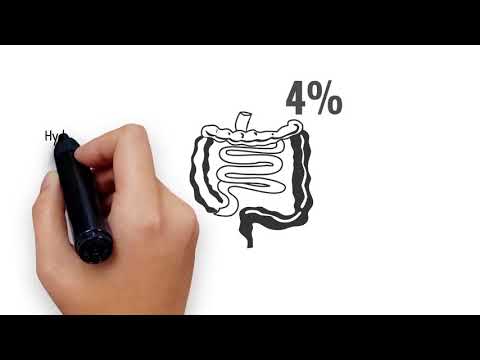Magnesium Increases Carbohydrate Utilization and Reduced Muscle Lactate
The following clinical study Abstract and Conclusion on the use of Magnesium for changes in glucose and lactate is a clear indication of how Magnesium benefits Endurance Athletes.
Magnesium Enhances Exercise Performance via Increasing Glucose Availability in the Blood, Muscle, and Brain during Exercise
Abstract
Glucose mobilization and utilization in the periphery and central nervous system are important during exercise and are responsible for exercise efficacy. Magnesium (Mg) is involved in energy production and plays a role in exercise performance. This study aimed to explore the effects of Mg on the dynamic changes in glucose and lactate levels in the muscle, blood and brain of exercising rats using a combination of auto-blood sampling and microdialysis. Sprague-Dawley rats were pretreated with saline or magnesium sulfate (MgSO4, 90 mg/kg, i.p.) 30 min before treadmill exercise (20 m/min for 60 min). Our results indicated that the muscle, blood, and brain glucose levels immediately increased during exercise, and then gradually decreased to near basal levels in the recovery periods of both groups. These glucose levels were significantly enhanced to approximately two-fold (P<0.05) in the Mg group. Lactate levels in the muscle, blood, and brain rapidly and significantly increased in both groups during exercise, and brain lactate levels in the Mg group further elevated (P<0.05) than those in the control group during exercise. Lactate levels significantly decreased after exercise in both groups. In conclusion, Mg enhanced glucose availability in the peripheral and central systems, and increased lactate clearance in the muscle during exercise.
Conclusion
Our data demonstrate that Mg possibly enables the provision of an adequate glucose source by increasing glucose availability and facilitating the clearance of lactate. An integral system for the simultaneous determination of dynamic changes in glucose and lactate in the blood, muscle, and brain of exercising rats was established. Further research is needed to elucidate the mechanisms involved by exploring the regulation of Mg and glucose transporters during exercise. In addition, the newly developed technique described herein may allow for a better understanding of continuous changes in any other candidate compounds in the peripheral and central systems using animal models.




